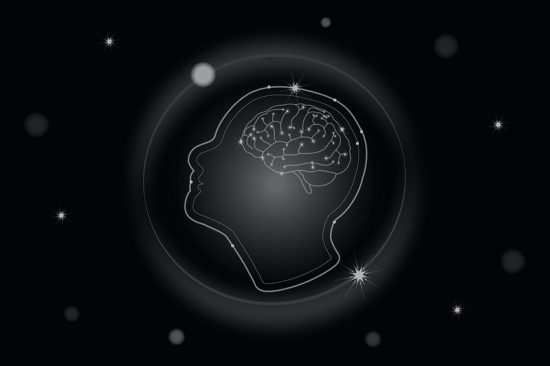
IS MACHINE LEARNING A SOLUTION TO THE ENERGETIC TRANSITION?
IS MACHINE LEARNING A SOLUTION TO THE ENERGETIC TRANSITION?
Firstly, it is important to differentiate Machine Learning and Artificial Intelligence.
Machine Learning is a method that relies on the ability of computers to learn without being programmed for the task. The objective is to analyze data and highlight recurring patterns.
The strength of the Machine Learning is that this data does not need human processing but can be automatically processed by the machine. For example, if you happen to interact on social networks by liking or commenting on a recurring post of a friend, the machine learning program will often make appear the posts of this friend in your news feed.
Artificial Intelligence is a broader field: it is a science where machine learning is a sub-domain. The objective is to simulate human intelligence in a computer that will act and think like a human.
Now that you have a general idea, we are going to look at the application of machine learning to combat COVID-19;
The impact of Covid-19 on Greentech has been seen in one of our articles (Greentech & Healththech: the next investment) and in this one we will see how the Machine Learning can help to counter climate change.
The growing momentum of actions to fight against global warming has been slowed down by the coronavirus crisis and the economic pressure on companies may sweep away the priority on energy transition. The dilemma is to find a balance between a rapid and effective recovery of economic activity and avoiding a return to a “glory days” where little attention were paid to the environment.
For example, Machine Learning can be used in predicting the consumption of the electrical system. In France, for example, since lockdown started, electricity consumption has decreased by 20%, according to RTE, due to the complete or partial shutdowns of companies’ activities.
Similarly, England has seen a decrease of its consumption between 15 and 20%. It is here that Machine Learning can be developed to forecast this change in consumption and give electricity suppliers the possibility to readjust their electricity production strategy.
Or the optimization of energy consumption with the much greater use of the internet. On average, telecom companies recorded an increase of 30% to 45% of their traffic according to Nokia. The use of videoconferencing tools such as Skype or Zoom are up 300% in the US. Telecommunication network giants can use Machine Learning to optimize energy consumption in their data center and be able to meet international demand.
You have to understand that Machine Learning is a very versatile technology in its use and can be applied in all sectors and areas of activity. It’s a resource that can obviously be synergized with other technologies such as Blockchain Augmented/Virtual Reality, or IOT . We will discuss these synergies in a future article. To be continued




 Français
Français Español
Español